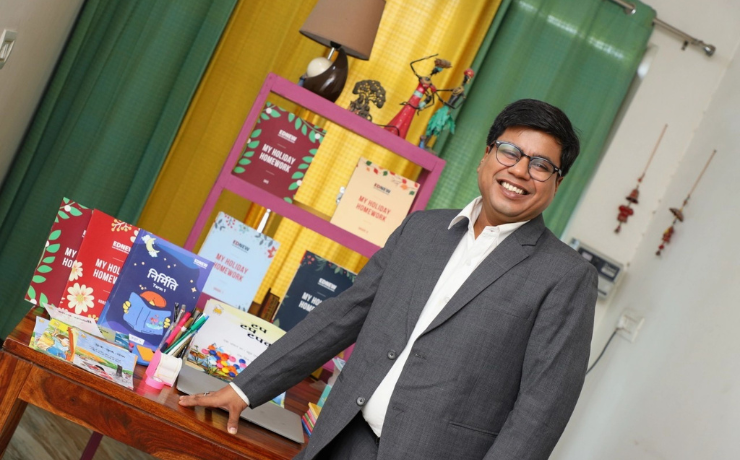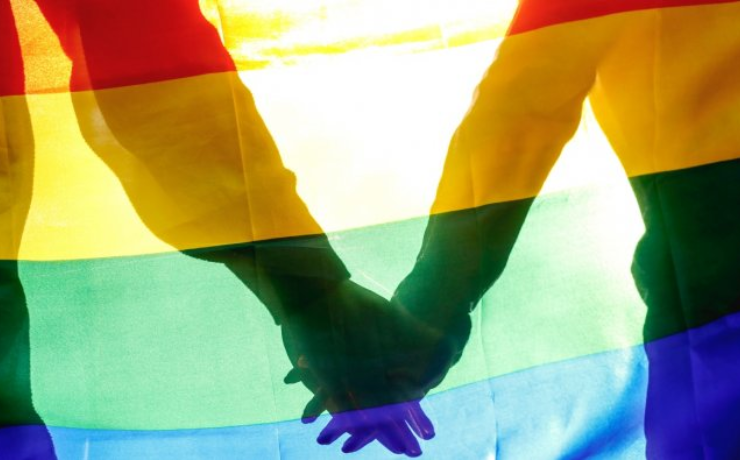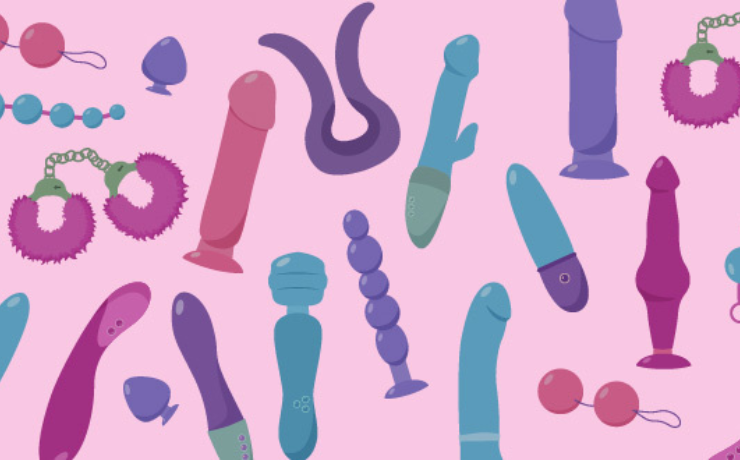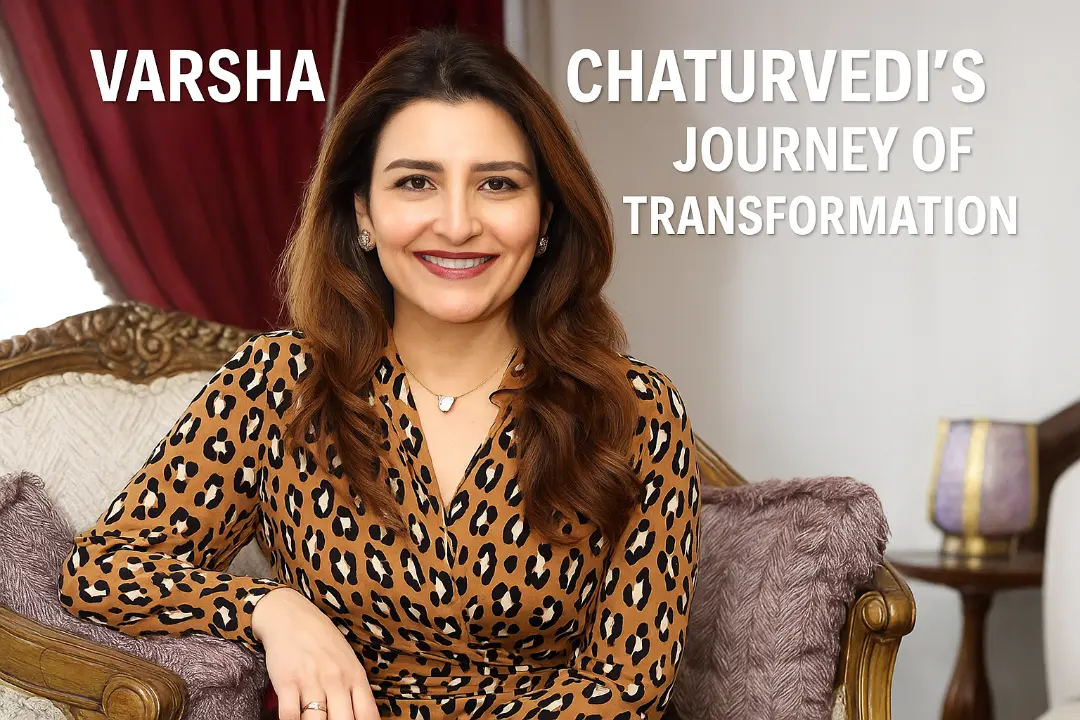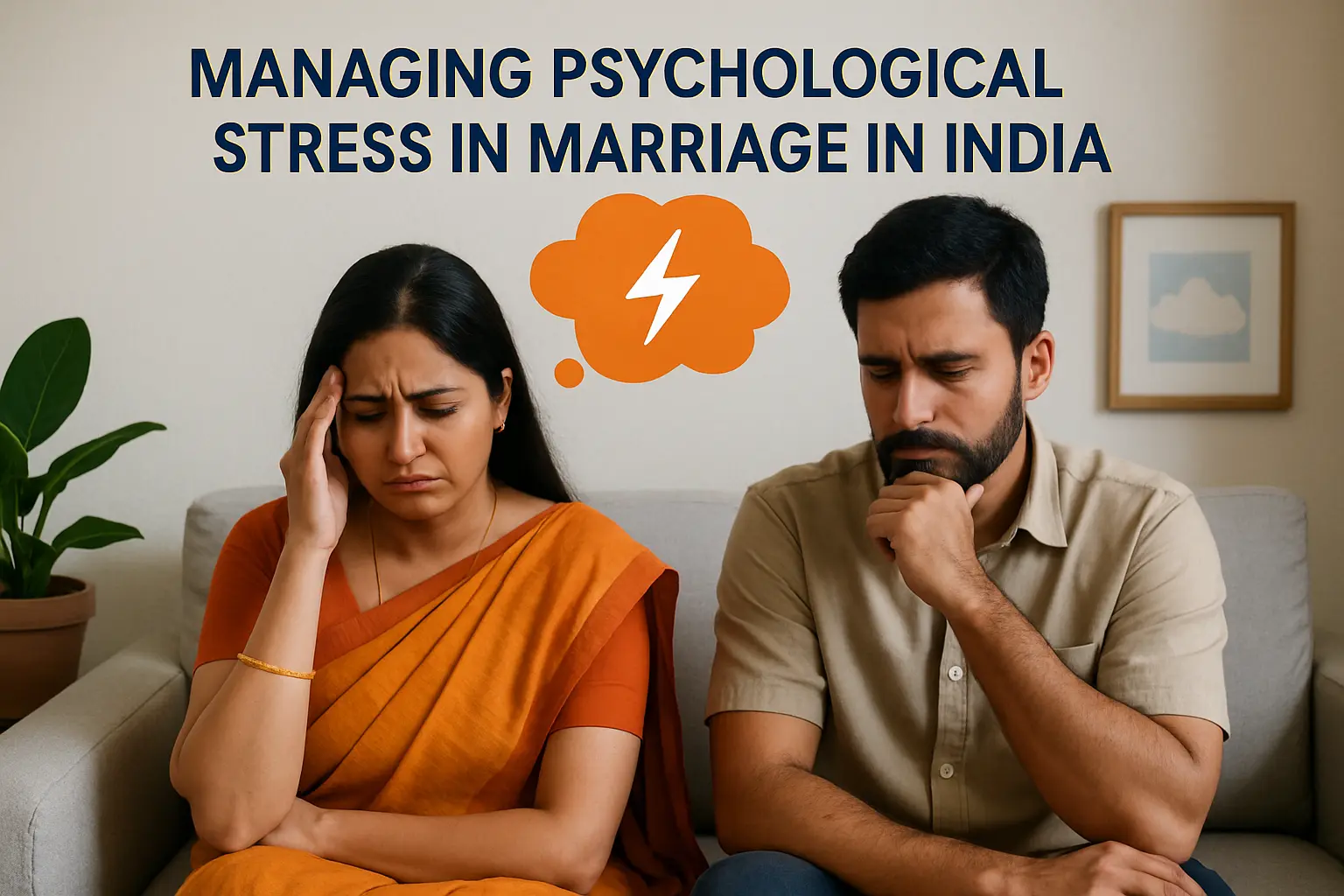India, a country known for its rich cultural heritage and diversity, is also grappling with a significant issue: the safety and security of its women. Despite progress in various fields, the safety concerns faced by women in India continue to persist. However, it is crucial to acknowledge that change is possible and that empowering women with awareness and taking decisive action can lead to a safer and more inclusive society for all.

However, in recent times, the safety of women in India has taken centre stage due to the concerning surge in crimes against them. India has witnessed several high-profile incidents of violence against women, triggering widespread outrage and demands for change. The brutal gang rape and murder of a young woman in Delhi in 2012 shook the nation and sparked a national conversation about women’s safety. While steps have been taken since then to address the issue, there is still a long way to go. Therefore, women must arm themselves with knowledge about the laws, resources, and rights available to navigate their lives confidently.

So, let’s embark on this empowering journey together, as we strive to create a society where every woman feels safe and secure. We will delve into the multifaceted realm of women’s safety in India while uncovering the intricate web of laws, unveiling ingenious mobile apps, showcasing emergency numbers, and championing women’s rights. Let’s dive right in.
Laws Protecting Women in India: India has implemented several laws to safeguard the rights of women and provide them with legal recourse in cases of offences or violence. Understanding these laws is essential for women to assert their rights and seek justice. Let’s delve into key legislation that shapes women’s protection:

1. The Protection of Women from Domestic Violence Act (2005): This act recognizes domestic violence as a criminal offence and offers protection to women facing abuse within their households. It enables women to obtain protection orders, residence orders, and maintenance orders, among others. In case of domestic violence, women can file a complaint at the nearest police station or approach a designated Protection Officer.
2. Sexual Harassment of Women at Workplace (Prevention, Prohibition, and Redressal) Act (2013): This act ensures a safe and harassment-free work environment for women. It mandates the establishment of Internal Complaints Committees (ICCs) in workplaces and provides a comprehensive definition of sexual harassment. Women facing harassment at the workplace can file complaints with the ICC or the Local Complaints Committee, depending on the nature of the workplace.
3. Criminal Law (Amendment) Act (2013): This amendment to the Indian Penal Code (IPC) brought significant changes in addressing crimes against women. It introduced new offences such as acid attacks, stalking, and voyeurism, while also amending the definition of rape to make it more inclusive and stringent. The act increased the punishment for various sexual offences and provided for the death penalty in cases of rape leading to the victim’s death or leaving her in a persistent vegetative state.
Mobile Applications for Women’s Safety: In the era of smartphones, several mobile applications have been developed to enhance women’s safety and provide immediate assistance in times of distress. Here are three popular safety apps in India:

1. Himmat: The Himmat app, launched by the Delhi Police, allows users to alert their emergency contacts and the police in case of an emergency. It offers features such as real-time location tracking and audio/video recording, ensuring quick response and support.
2. Safetipin: Safetipin is a safety app that allows users to assess the safety of their surroundings. It provides information on well-lit areas, crowd density, and safety scores based on crowd-sourced data. Users can also report incidents and unsafe locations, contributing to a safer community.
3. Raksha: The Raksha app offers various safety features, including panic alerts, audio/video recording, and location sharing with trusted contacts. In case of an emergency, users can trigger the panic alert, which sends an SOS message to emergency contacts along with the user’s location. The app also includes helpline numbers for quick access.
Emergency numbers that every woman should know:

Knowing the relevant emergency helpline numbers is crucial for women to seek immediate assistance during critical situations. Here are two types of emergency helpline numbers in India:
1. National Emergency Helpline Numbers: In India, the primary emergency helpline number is 112. This unified emergency response number provides access to police, fire, and medical emergency services across the country.
2. Women Helpline Numbers: Various helpline numbers specifically dedicated to women’s safety and support are available in different states. Some important helpline numbers include 181 (All India Women Helpline), 1091 (Women Helpline), and 1090 (Women Powerline).
Rights and Resources Available For Every Indian Woman:

Empowering women extends beyond knowledge of laws and helpline numbers. Here are additional rights and resources that women should be aware of, let’s get to know more about them:
1. Right to Safety and Dignity: Every woman has the fundamental right to safety, dignity, and freedom from violence. It is important to understand that reporting incidents and seeking justice can contribute to creating a safer environment for all.
2. Self-defence Training: Learning self-defence techniques can boost confidence and provide valuable skills to protect oneself. Several organizations and programs offer self-defence training across India. Women should seek reputable and certified training institutes.
3. Awareness Campaigns and NGOs: Several awareness campaigns and non-governmental organizations (NGOs) are actively working to promote women’s safety and provide support. Getting involved in such initiatives can not only contribute to the cause but also help women connect with a supportive community.
4. Mental Health Aid: Many NGOs like the Minds Foundation have a large network of social workers who organize camps in various areas around the country where people with mental health issues are provided free treatment. Various brands like IAMH and Better Help also provide affordable online therapy for women in the country. This might be very essential for every woman given the current scenario. The world we live in demands that women equip themselves with this knowledge as by being aware of these crucial points, women can enhance their alertness and take proactive measures to protect themselves. Together, let us foster a society where women are not only aware but also confident in their ability to navigate through any challenges that come their way. Stay informed and stay vigilant.

























